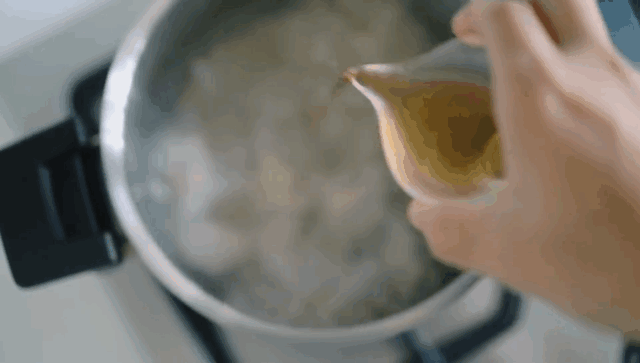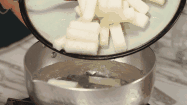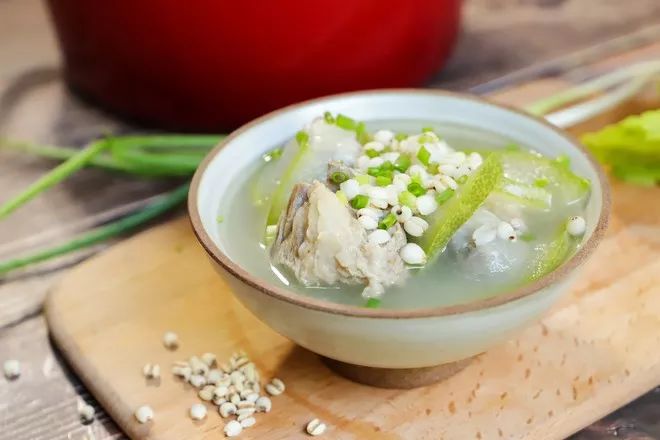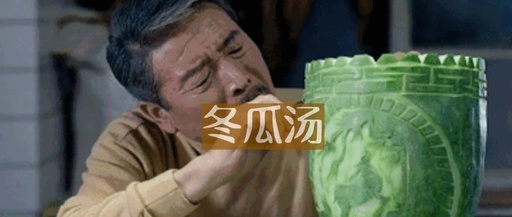Author | Luo Dalun
Transcriber | Guo Shala
Source | Dalun Parenting Talk
In many parts of China, summer is not as dry and refreshing as in the Northeast. The Northeast and Northwest regions are dry and hot, but cool at night; whereas most areas in China experience damp heat, especially in the south. This damp and hot weather, when combined, is referred to in ancient Chinese medicine as “like oil in dough”: just like adding oil to dough, can you separate them? They become inseparable.
When these two elements coexist in the body, various disturbances can occur: for example, children’s skin problems, or issues with their spleen and stomach, among others. These problems are not commonly seen in other seasons. So what can we do at this time?
We can use various dietary therapies to eliminate dampness, making it easier to disperse the heat. Therefore, eliminating dampness is crucial. How can we remove this dampness? We can learn from the wisdom of the local people and the ancients.

When you arrive in Hainan, you will find that people often make what kind of soup? They often make winter melon soup, and there are even winter melon drinks sold on the streets. There is also winter melon and barley soup, which is made by simmering winter melon with barley.
Why? Because winter melon has the effect of eliminating dampness and promoting urination. In TCM, when treating patients with edema, such as those with nephritis, we add a herb called winter melon peel (dong gua pi) — which is the skin of the winter melon, peeled and dried, rolled up. Winter melon peel has the effect of promoting urination and reducing edema, so remember, when making winter melon soup, do not remove the winter melon peel. Many people think the peel is tough and peel it off, only using the flesh of the winter melon; in fact, the peel is even more effective than the flesh.
The winter melon can be sliced and used to make soup. A particularly good combination is with barley (yi yi ren). Barley is available in pharmacies and markets. In TCM, barley is known for its ability to drain dampness, and we often use it. It can help to clear the San Jiao (three burners) and is particularly effective for dampness in the lower burner.
Because of its water nature, it drives fluids downward, so many people have more dampness in the lower burner.

When using barley, we can use roasted barley. In pharmacies, there are two types of barley: raw barley and roasted barley. The raw type is slightly more effective; however, for children, it can be roasted to moderate its medicinal properties, as children’s spleen and stomach are relatively weak.
Slicing the winter melon and cooking it with barley makes for a particularly refreshing soup that is very pleasant to drink.
Some friends ask, what is the medicinal property of winter melon? The medicinal property of winter melon is cool. It is important to understand the cold, hot, warm, and cool nature of foods. Literature records that winter melon is cold, but it is not that cold; it is just a bit cool (we can experience this).
For those with insufficient Yang energy (often feeling cold, having cold hands and feet, or a runny nose), they should not eat too much winter melon. For those who are slightly hot (especially with damp heat), it is very suitable.
In addition to promoting urination and eliminating dampness, winter melon has another characteristic: it can detoxify fish and shrimp. Furthermore, if pregnant women often eat a bit of winter melon, it is beneficial for the child, as it can help eliminate “fetal toxins” (which also targets damp heat), promoting the child’s health.
It is also worth mentioning winter melon seeds. When making soup, it is best not to remove the seeds. What is the function of winter melon seeds? They have the effect of clearing heat and resolving phlegm. If a child has a cold, cough, and excessive phlegm (with heat), you can use winter melon seeds to make soup for them to drink.

Winter melon may not have been valued by everyone before, but in fact, it is a vegetable that is particularly effective against the heavy dampness of summer, and it is a true native Chinese vegetable that was only introduced to Europe and the rest of the world much later. We must know how to use vegetables according to seasonal changes, so we can target our dietary choices effectively.
Author Bio: Luo Dalun, PhD in TCM Diagnosis from Beijing University of Chinese Medicine, Health Manager, former chief editor of the “Health Hall” program at Beijing Television. Dr. Luo Dalun has been dedicated to introducing ancient TCM culture to modern people, widely disseminating TCM knowledge through the internet, television, newspapers, and other media. He has published over 800,000 words of TCM popular science works, including “The Great Doctors of the Hundred Schools” and “Ancient TCM – The Legends of Seven Great Doctors”, and has long written column articles for publications such as “Health Times”, being recognized as one of the “Top Ten Fashion Figures in Healthy China 2012”.
Related Articles
Mom’s Summer Kitchen: The Echo of Rock Candy Lotus Seed Soup
Come, One Soup One Rice: Strengthening the Spleen and Nourishing Body Fluids
Grain Rain is Here, and So is the Dampness | Poria and Lentil Date Soup
Experimenting with Some Damp-Removing Ingredients in the Kitchen


